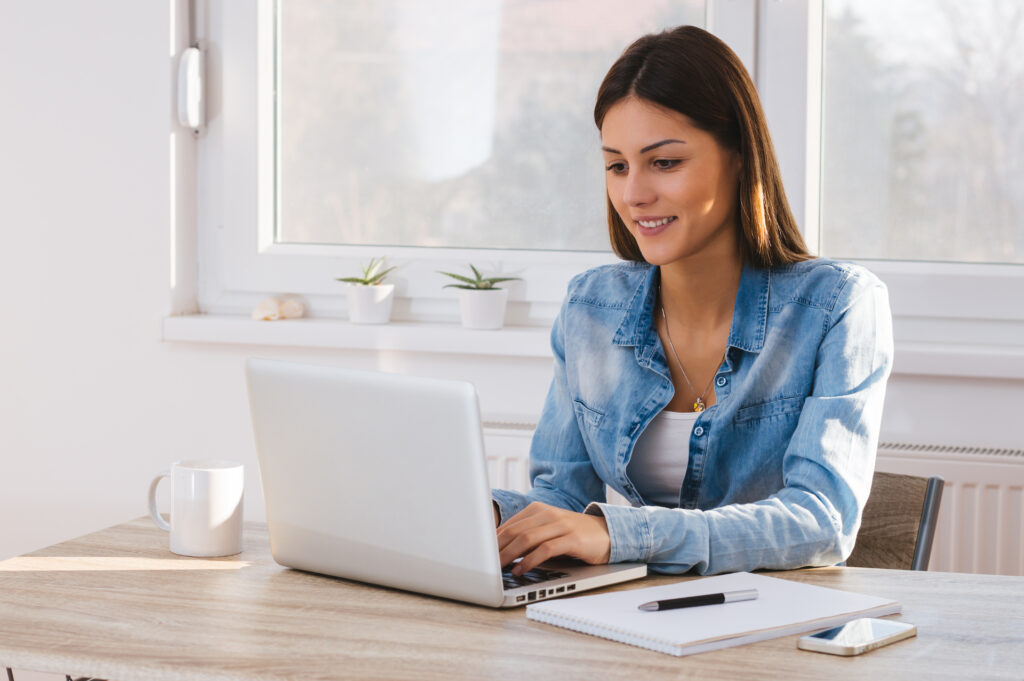Flipped learning is effective in the practices of teaching. A flipped classroom is unlike the traditional learning format where in a student receives information through classroom lectures, and then applies that knowledge to assigned work at home. In a flipped classroom, students learn by watching videos, listening to audio and reading text online at home. Then they apply that learning in class, in association with peers, and support from the teacher. Generally, students have received information through lectures in a classroom. Usually that would work for many people, but it doesn’t engage others so exam performance has suffered.

Many of us can remember instances in our lives where we found ourselves sitting in a classroom barely listening to our teacher as they lectured in front of the room. For Example, this is familiar in today’s schools as the traditional model is for teachers to focus on conveying information, assigning class work, and leaving it for the students to master the subject. Even though it may be effective for some it doesn’t allow students to have their own learning processes such as active learning. The main goal of a flipped classroom is to improve student achievement and learning by reversing the common model of a classroom, focusing classroom time on the students understanding. There are many advantages to this type of learning.
#1 Students have more control
In a flipped classroom, it’s possible for students to have increased control over their own learning. By providing short lectures online students are given the freedom to learn at their own pace. For Example, students can pause and rewind the lectures to write down questions so they can discuss with their teachers or peers once they go to class. Also, this gives students more time to review materials without getting left behind in class. As a result, this improves the student’s achievements and student behavior in class as well.
#2 Lessons are more accessible
By making Audio and video lectures available online, students who miss class due to emergencies, illness, and vacations can catch up quickly. Also, this gives more flexibility for teachers who are sick and this eliminates make-up assignments.
#3 Students use the instructor as a resource
In a regular classroom environment, students usually apply their knowledge through homework. There are many problems with this approach because students at home don’t have access to resources to get help if they have any problems. Also, when students turn in incomplete homework assignments the teacher has little to no insight on what went wrong.
Why flipping Classroom Works
Growing Studies show that the flipped classroom method can improve student achievements in any subject. Teachers who flipped their classes noticed improvement in grades by 71% and 80% reported that their student’s attitudes improved. What’s more interesting is that 99% of the teachers who flipped their classes reported that they would flip their classes again for the following year.
You may also like:
- How to Use Dexway Classroom Companion with a Flipped Classroom
- 6 Advantages of The Flipped Classroom for the Learner
- Top 12 Reasons to Choose Dexway before Rosetta Stone

